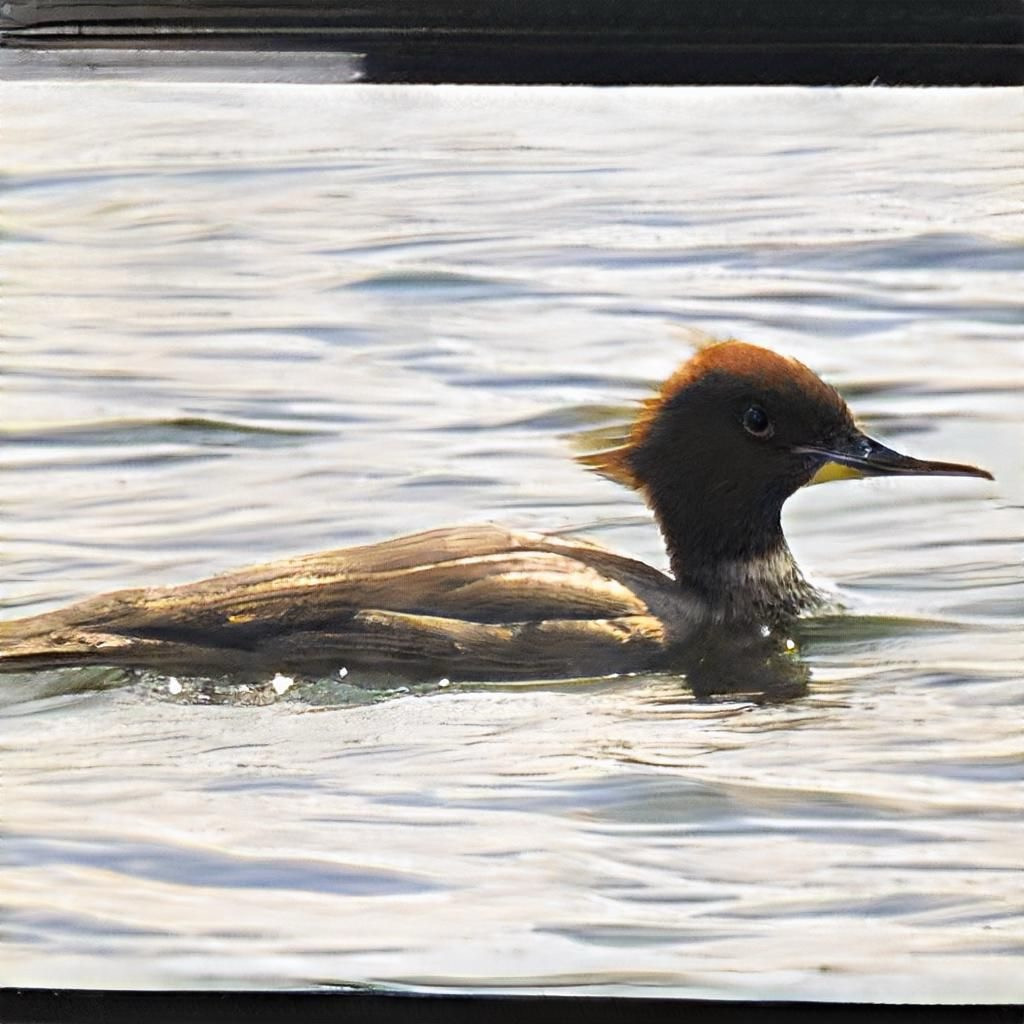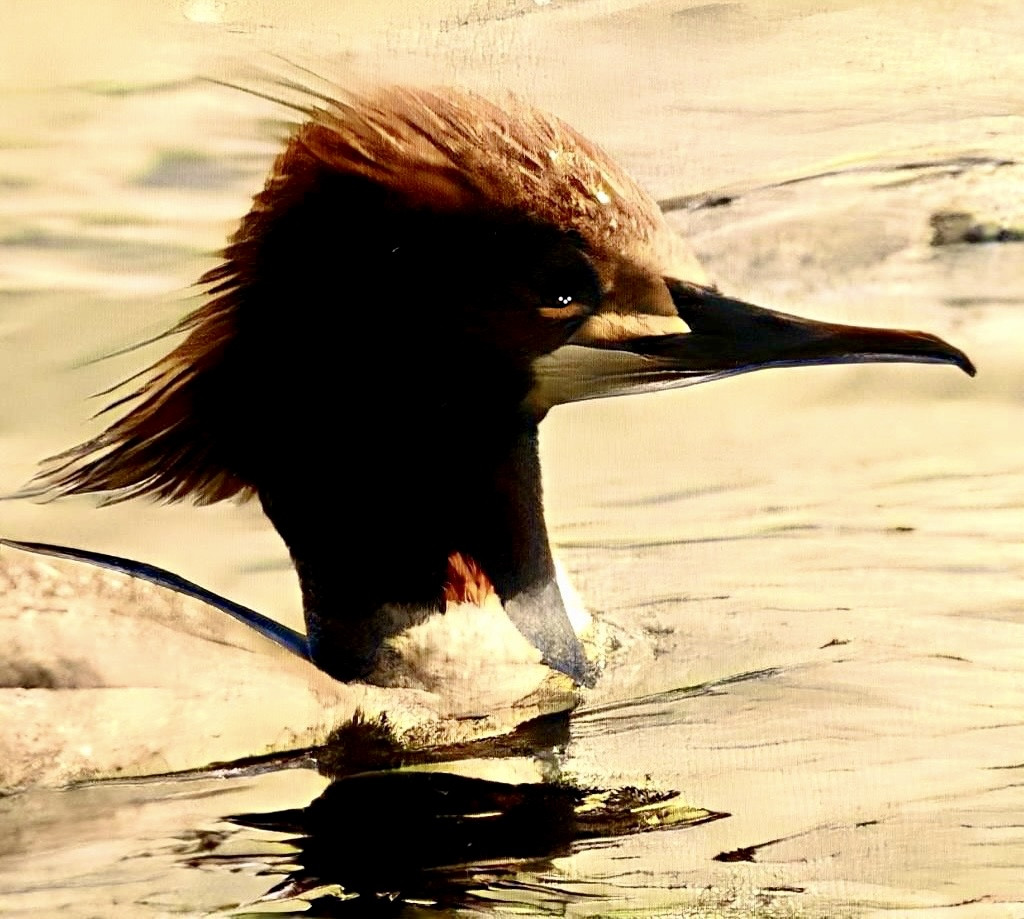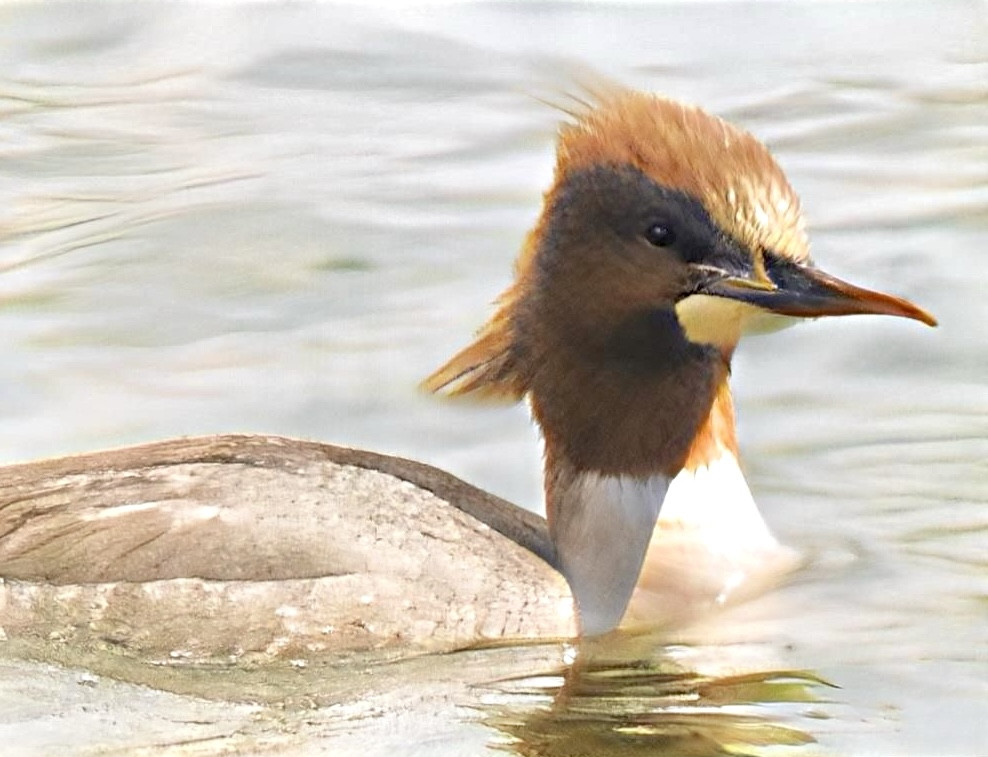Description
The deep waters around Lake Vättern are ice-free most years. This makes it an excellent wintering area for birds. The lake holds large wintering populations of gulls like kalalokki, harmaalokki and merilokki. This is also one of the best places for the rare isolokki, although it is not seen most years. Most gulls winter around Motala. The area also holds wintering waterfowl. Most commonly: isokoskelo, kyhmyjoutsen, harmaahaikara, laulujoutsen, tukkasotka and telkkä. Around Vadstenaviken large amounts (many hundreds) of sinisorsa winter. Often with other rarer (wintering) dabbling ducks in the mix. The lake also holds wintering populations of merimetso, tukkakoskelo, uivelo (visitors from Boren) silkkiuikku, pikku-uikku, and during mild winters: mustakurkku-uikku, pilkkasiipi, kuikka and alli. The large fields around Vadstena and Norrsten hold wintering geese, vuorihemppo and pulmunen. Many birds of prey also winter. Most common are varpushaukka, and merikotka.
During the last weeks of Febuari the first spring birds arrive. kottarainen, kiuru, peippo, and töyhtöhyyppä are usually the first to arrive. Some of the previously mentioned birds might start to winter if the winters continue to be mild. Many geese like valkoposkihanhi, merihanhi, metsähanhi, tundrahanhi tundrametsähanhi and kanadanhanhi are often seen. Most geese congregate around Tycklingen and Norrsten. Sometimes lyhytnokkahanhi is also found.
During March most of the geese increase in number. More birds of prey arrive: piekana, tuulihaukka, muuttohaukka, and isohaarahaukka. In Vadstenaviken large amounts of dabbling ducks often rest. ristisorsa (Regular), naurulokki, meriharakka, and taivaanvuohi also arrive during this period. From this period onwards jalohaikara is sometimes seen.
During April other wader along with hemppo and niittykirvinen arrive. During April-May large amounts of passerine birds, wader, gulls, and terns use the lake as a landmark for migration. It starts in the middle of April with thousands of peippo and järripeippo, continuing with thousands of kuovi, with smaller amounts of other waders like pikkukuovi, punakuiri, suokukko and punajalkaviklo. Also large amounts of gulls like naurulokki and kalalokki. In early May hundreds of terns (kalatiira, lapintiira) pass. Along with rarer birds like mustatiira, pikkukajava (quite rare) and pikkulokki.
During the summer many species of night-active birds can be heard like pensassirkkalintu, satakieli, ruisrääkkä, rastaskerttunen (vadstena reningsverk), viiriäinen and sometimes viitasirkkalintu. Many other warblers can be found during this period. In the cities of Motala and Vadstena city birds like turkinkyyhky, viherpeippo, mustaleppälintu (missing most winters), järripeippo, kalliokyyhky (kesykyyhky), and mustapääkerttu can be found year round.
Details
Access
Parking can be done at ample places. Some of them are: Tycklingen, Motala, Råssnäsudden, and Vadstena castle. Click on a P in the map to get directions to that area.
Terrain and Habitat
Forest , Wetland , Scattered trees and bushes , Grassland , Valley , Plain , Plateau , Lake , Beach , Mud flats , Agriculture , Reedbeds , River , City/villageConditions
Flat , Hilly , Sandy , Wet , Open landscapeCircular trail
YesIs a telescope useful?
Can be usefulGood birding season
All year roundBest time to visit
WinterRoute
Paved roadDifficulty walking trail
Average walkAccessible by
Foot , Bicycle , CarBirdwatching hide / platform
NoExtra info
Be respectful of the birds. Especially during breeding season.






